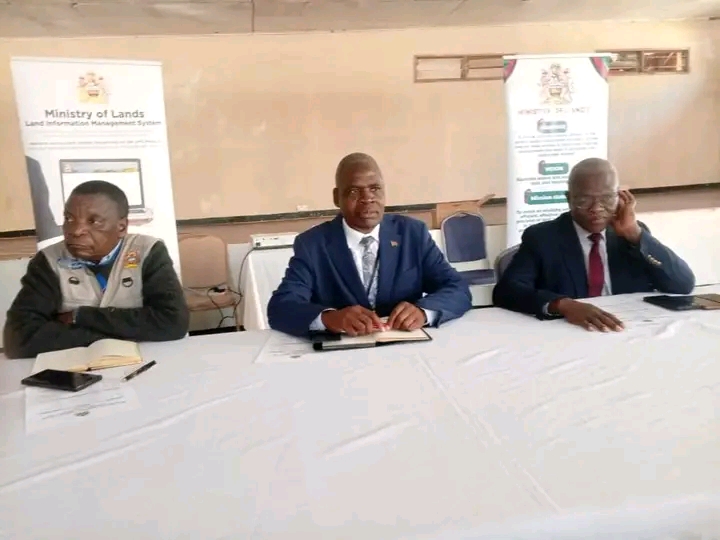By Jones Gadama
A new hierarchy for resolving customary land disputes has been established, aiming to streamline the process and provide clarity on the roles of different authorities.
The new system consists of three tiers: Customary Land Tribunal, District Land Tribunal, and the Central Land Board.
At the grassroots level, Customary Land Tribunals will handle all cases of customary land within Traditional Land Management Areas.
These tribunals will be presided over by the Traditional Authority of the area, with the Land Clerk acting as secretary.
This tier is expected to resolve most land disputes at the local level, reducing the burden on higher authorities.
The District Land Tribunal will serve as the first level of appeal, handling cases that cannot be resolved at the Customary Land Tribunal level.
The most senior chief in the district will preside over this tribunal, with the Land Registrar acting as secretary.
The chairmanship of this tribunal will be rotational, ensuring that different chiefs take turns leading the tribunal.
The Central Land Board will be the highest authority in the customary land dispute resolution hierarchy. Presided over by a Paramount Chief, this board will handle appeals from the District Land Tribunal.
The Commissioner for Lands will act as secretary, and the chairmanship will also be rotational.
A notable aspect of this new hierarchy is that Magistrate Courts will no longer have jurisdiction over customary land-related cases.
Instead, parties can only approach the High Court on points of law after the Central Land Board has made a determination.
This change aims to ensure that customary land disputes are resolved through traditional and specialized forums, rather than the formal court system.
The term for all land tribunals has been set at three years, providing a clear framework for the resolution of customary land disputes.
This new hierarchy is expected to promote efficiency, clarity, and fairness in the resolution of land disputes, ultimately contributing to peace and stability in rural communities.
By providing a clear and specialized framework for resolving customary land disputes, this new hierarchy has the potential to reduce conflicts and promote development in rural areas.




